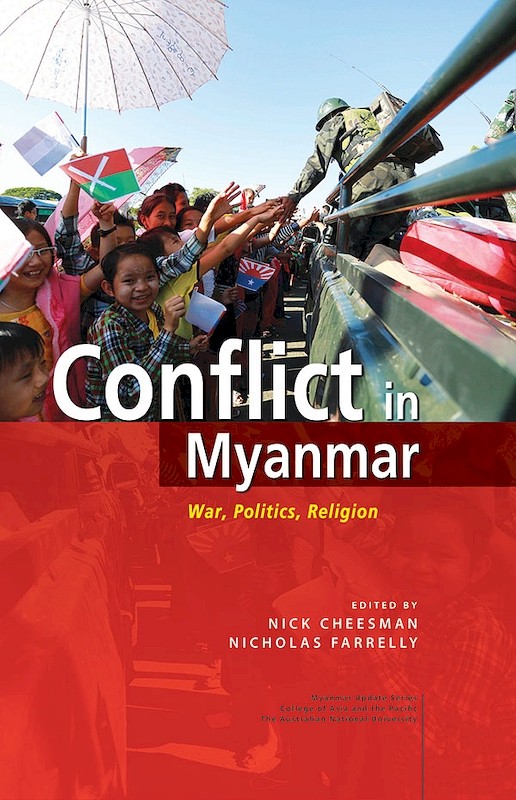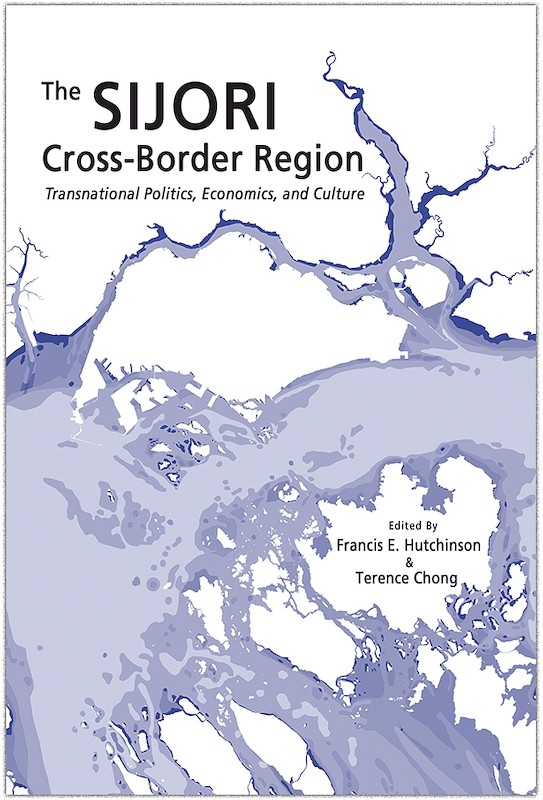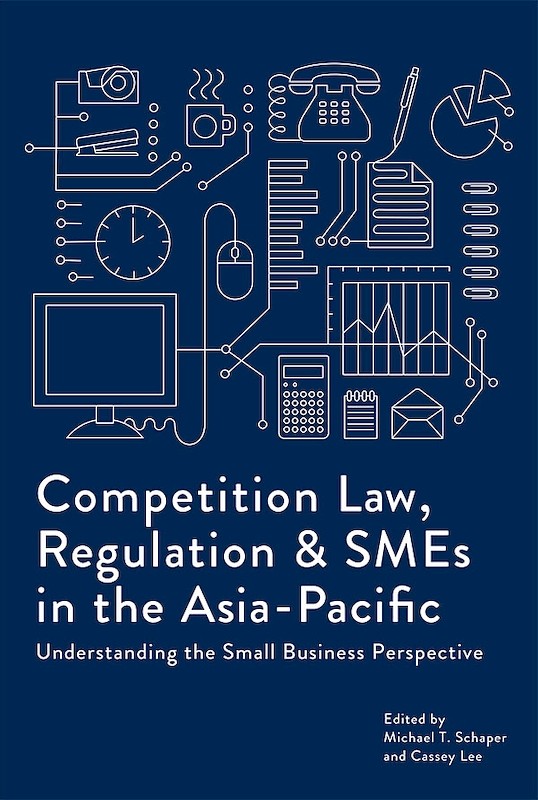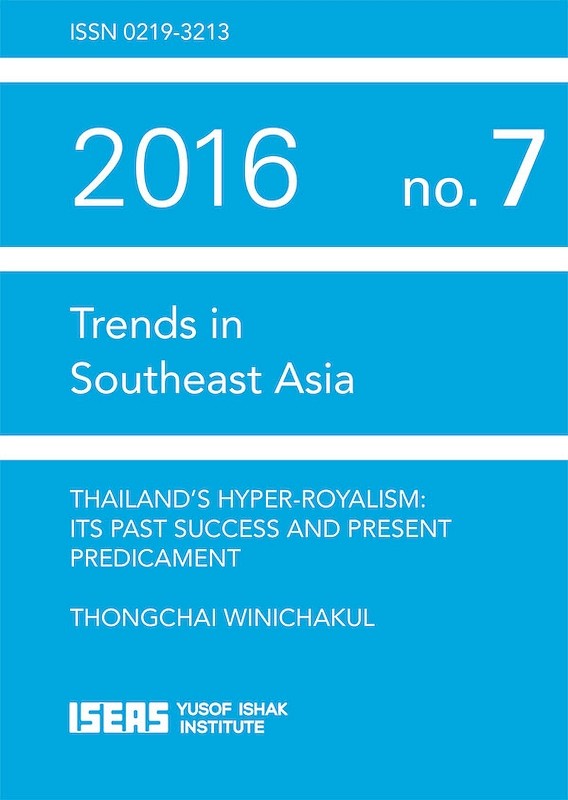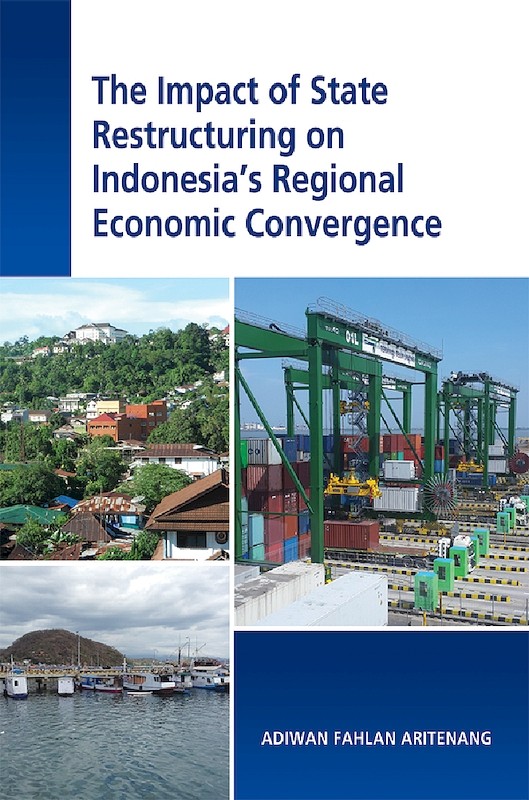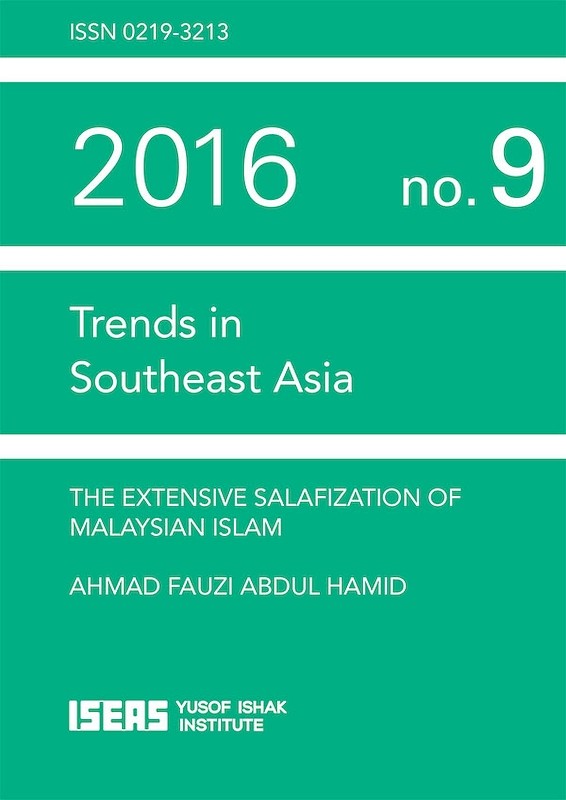Myanmar's Mountain and Maritime Borderscapes: Local Practices, Boundary-Making and Figured Worlds
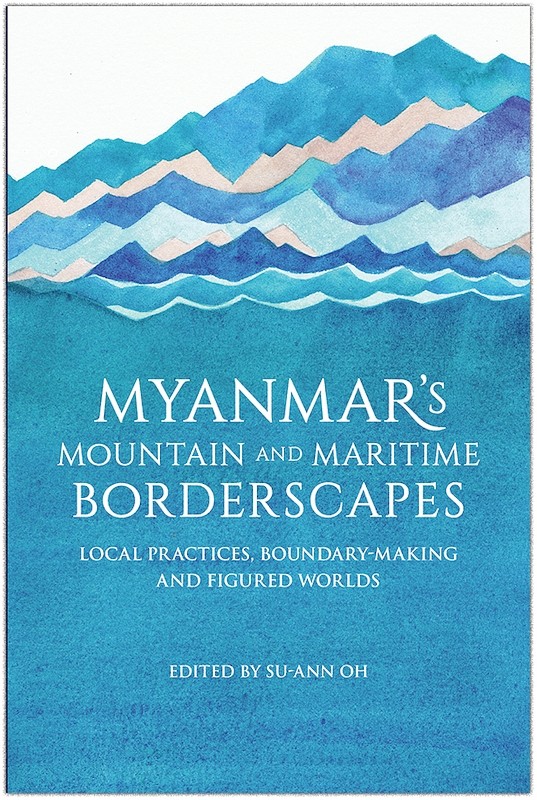
Reviews
Anthony Russell, Mountain Research and Development, 38(1):98-99, 2019.
"[T]his volume, replete with both theory and detail, has a wider focus than one theater of tragic ethnic animosity.
The following 6 sections provide the reader with many well-researched and, at times, helpfully overlapping entries into a better understanding of conflict between the Myanmar core and its periphery, and within and beyond the periphery. From Section I onwards, one recurrent theme is that the disparate peoples of the borderlands are isolated not only "from centralizing force of Myanmar society" but also "by geography and sometimes, instinct, from each other" (p. 65). Yet "where strong connections exist in Myanmar's borderlands they tend to pull, inconsistently, towards the neighbouring nation states" (p. 65) as with the flight, into Bangladesh, of the Muslim Rohingya. They are separated from the Rakhine Buddhists by history and religion.
The book also explores, in Section IV, how communications, from the mule caravan to the Internet, have produced a social and economic reality that transcends political boundaries. Creating cognitive maps (much more relevant to the fluidity of movement, official and unofficial), this has helped develop a culture of "borderless-ness" culture within the frontier zones.
This book is as diverse and complex in its approach as the borderlands it examines. This is not a criticism. There is a clear structure, with each section building on and adding to our developing knowledge and understanding."
Laldinkima Sailo, Pacific Affairs: Vol. 91:4, Dec 2018.
The bulk of literature on this subject draws from the line of scholarship that has given increasing prominence to borderland studies, particularly in this region of the world - starting with the world of Edmund Leach, Willem van Schendel (Zomia), and James Scoot (The Art of Not Being Governed). This particular collection is significant in its focus on border issues not only on land, but also on along maritime borders. It also seeks to take an innovative approach in conceptualizing "borders - and boundaries - as social practices - processes rather than objects, verbs rather than nouns - that are constantly being enacted" (1), drawing on the works of Bourdieu (1972) and others who ground the practice of boundary- (and border-) making in practice theory. The key problematique looming large to such an endeavor is that to locate the border as a central discourse to national politics it also needs to take into account reigning conceptual and contextual themes in those national capitals to create asymmetry in drawing on the reigning themes and rhetorics at different points of time. Bearing that in mind, this collection attempts to walk a tightrope.
The book begins by providing a context of Myanmar's land (mainly mountain) and maritime border spaces. The corresponding chapters look at those social practices through which this collection innovatively approaches the subject - territorial claims, social organization, mobility, and identity construction.
The one crucial aspect in which this collection supersedes any previous treatment of the subject matter is timing. It is possibly the most recent study (or certainly one among few) of the borderlands amidst the ongoing political reorganization in Myanmar and after that country's milestone elections of 2015.
The book also expands our knowledge of Myanmar by studying the volatile and vocal nature of the transnational political economy along with the asymmetry of different border areas of the country."
Robert H. Taylor. Aseasuk News No. 61, Autumn 2017.
Among the 16 diverse contributions to this substantial volume, there is bound to be something of interest to most students of contemporary Myanmar culture and society.
.... Given the wide variety of content, tone and purpose of the contributions to Myanmar's Mountain and Maritime Borderscapes, edited Oh has had to be creative in organising the essays in coherent units. This she has skilfully done.
About the publication
This edited volume adds to the literature on Myanmar and its borders by drawing attention to the significance of geography, history, politics and society in the construction of the border regions and the country. First, it alerts us to the fact that the border regions are situated in the mountainous and maritime domains of the country, highlighting the commonalities that arise from shared geography. Second, the book foregrounds socio-spatio practices — economic, intimate, spiritual, virtual — of border and boundary-making in their local context. This demonstrates how state-defined notions of territory, borders and identity are enacted or challenged. Third, despite sharing common features, Myanmar’s borderscapes also possess unique configurations of ethnic, political and economic attributes, producing social formations and figured worlds that are more cohesive or militant in some border areas than in others. Understanding and comparing these social practices and their corresponding life-worlds allows us to re-examine the connections from the borderlands back to the hinterland and to consider the value of border and boundary studies in problematizing and conceptualizing recent changes in Myanmar.
“This ambitious project combines sophisticated theorization of boundary-making as a form of social practice and empirical studies of Myanmar’s heterogeneous borderlands, both land and sea. Seeing the country from its edges opens up a provocative and altogether novel vision of the contestations joining diverse peripheries and centre. This volume brings together the leading scholars of the country in a collection that is a must-have for anyone interested in contemporary Myanmar, border studies, and Southeast Asia.”
– Itty Abraham, Head, Department of Southeast Asian Studies, National University of Singapore (NUS)
“This is the first book to attempt to bring together such a diverse range of Myanmar’s land and maritime border regions for comparison. In doing so, it highlights the diversity of the country’s demographic, social, economic and political make-up when viewed from the margins rather than the centre. It reveals how these border regions help to constitute the nation and how they shape what modern Myanmar is today — they also give strong indicators of what it might become. This is an essential read for anyone in the social sciences interested in borderlands, as well as those requiring a broader understanding of the challenges facing the contemporary Myanmar government as it attempts to usher in social and political cohesion following decades of conflict.”
– Mandy Sadan, Reader in the History of South East Asia, School of Oriental & African Studies (SOAS)
Contents
-
Myanmars Mountain and Maritime Borderscapes: Local Practices, Boundary-Making and Figured Worlds
[Whole Publication, ISBN: 9789814695770], by Su-Ann Oh, editor -
Preliminary pages
- I. OVERVIEW OF MYANMARS MOUNTAIN AND MARITIME BORDERSCAPES
-
2. Electoral Sovereignty in Myanmars Borderlands, by Nicholas Farrelly, author
-
3. The Maritime Frontier of Myanmar: Challenges in the Early 21st Century, by Maung Aung Myoe, author
- II. TERRITORIAL CLAIMS AND IMAGINED BOUNDARIES
-
4. Burman Territories and Borders in the Making of a Myanmar Nation State, by Maxime Boutry, author
-
5. Ritual and the Other in Rakhine Spirit Cults, by Alexandra Dalferro, author
-
6. Rohingya Territoriality in Myanmar and Bangladesh: Humanitarian Crisis and National Disordering, by Anders Bjornberg, author
- III. SOCIAL ORGANIZATION AND BORDER ECONOMIES
-
7. The Culture and Landscape of the Humanitarian Economy among the Karen (Kayin) in the Borderland of Southeast Myanmar and Northwest Thailand, by Alexander Horstmann, author
-
8. Navigating Learning, Employment and Economies in the Mae Sot-Myawaddy Borderland, by Su-Ann Oh, author
- IV. MOBILE PRACTICES AND MOVING BORDERS
-
9. The Spatiality and Borderless-ness of Contentious Politics: Kachin Mobilities as Capability, by Karin Dean, author
-
10. The Mule Caravans as Cross-Border Networks: Local Bands and their Stretch on the Frontier between Yunnan and Burma, by Jianxiong Ma, Cunzhao Ma, authors
- V. IDENTITY CONSTRUCTION AND THE POLITICS OF BELONGING
-
11. I Want to Stay Forever in You, by Decha Tangseefa, author
-
12. Life along the Naf Border: Identity Politics of the Rohingya Refugees in Bangladesh, by Farzana Kazi Fahmida, author
-
13. Home of the Housekeeper: Will Shan Migrants Return after a Decade of Migration?, by Amporn Jirattikorn, author
-
14. Moving on: Spaces of Engagement in the KayahMae Hong Son Borderland, by Carl Grundy-Warr, Chin Wei Jun, authors
- VI. INSTITUTIONALIZED IDENTITY AND BORDER PRACTICES
-
15. The Chin State-Mizoram Border: Institutionalized Xenophobia for State Control, by Bianca Son Suantak, N. William Singh, authors
-
16. Ti Buddhist Practices on the China-Myanmar Border, by Takahiro Kojima, author
-
Index

